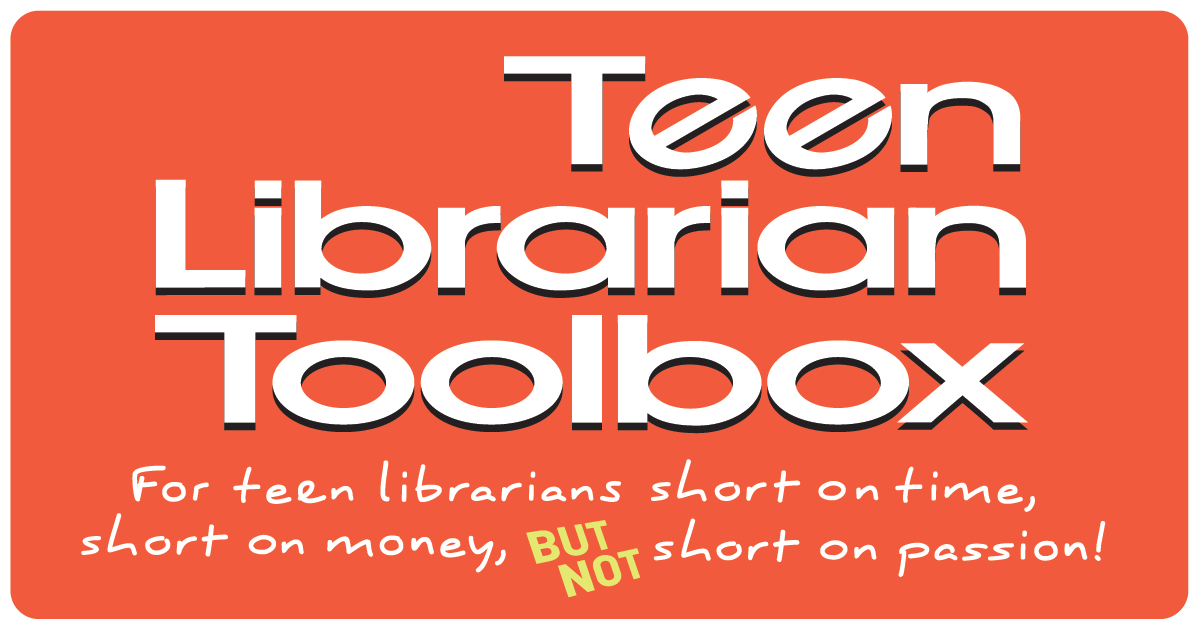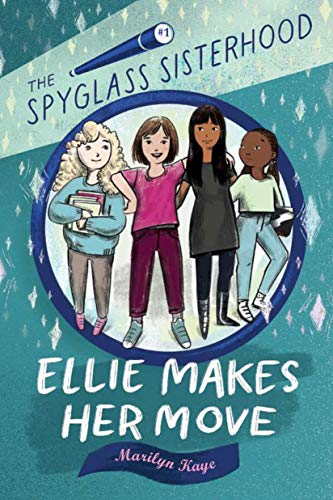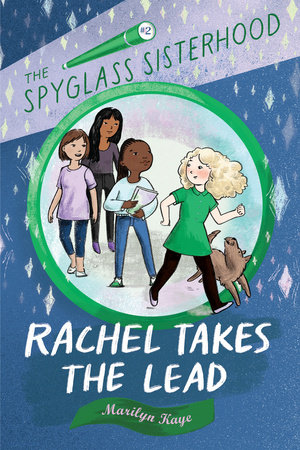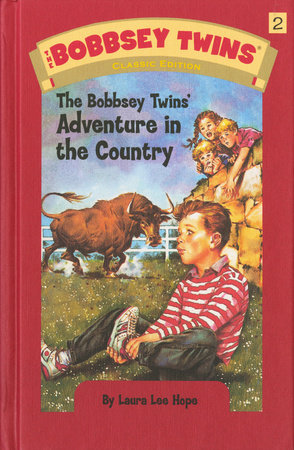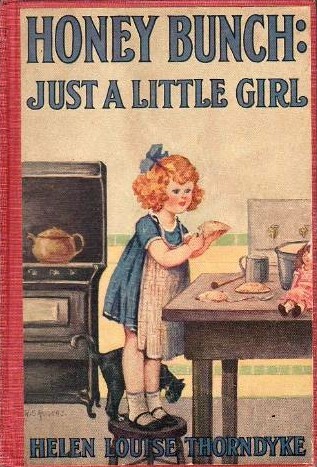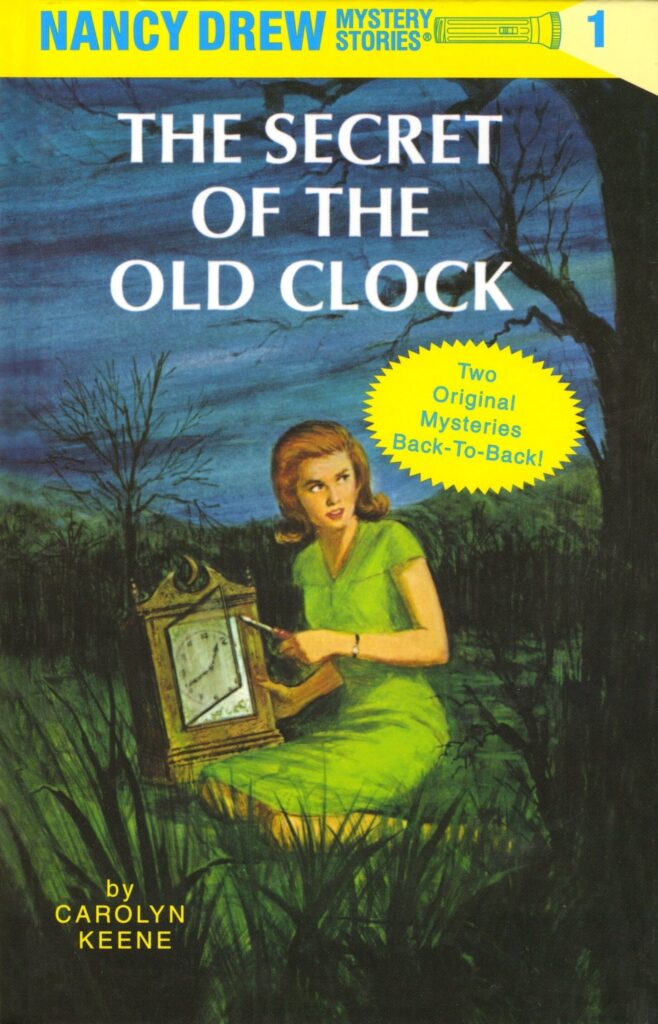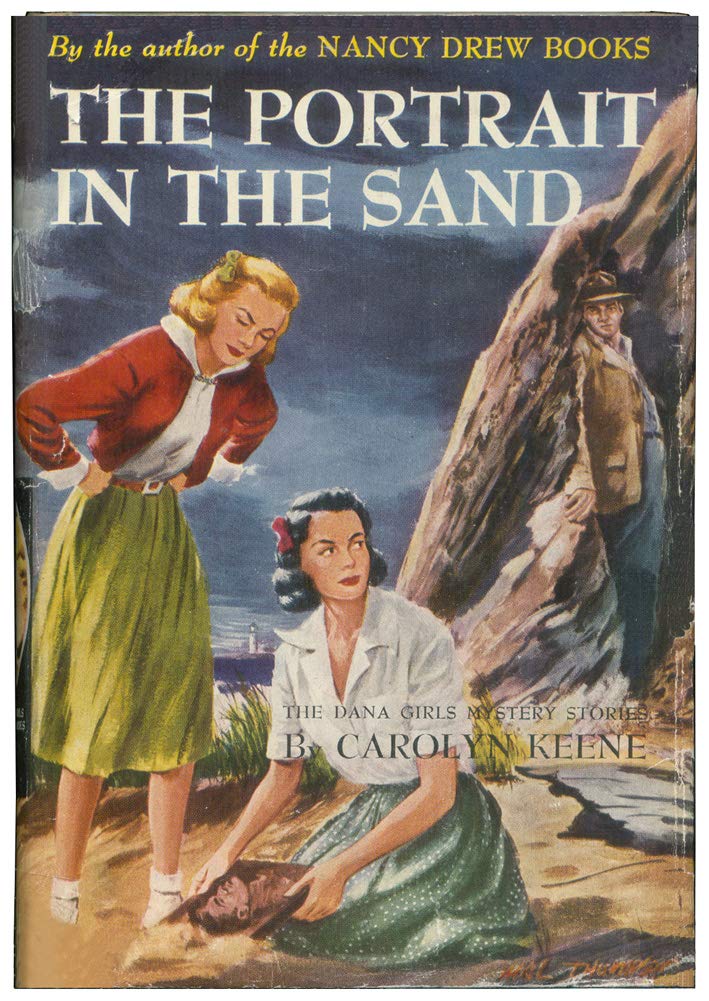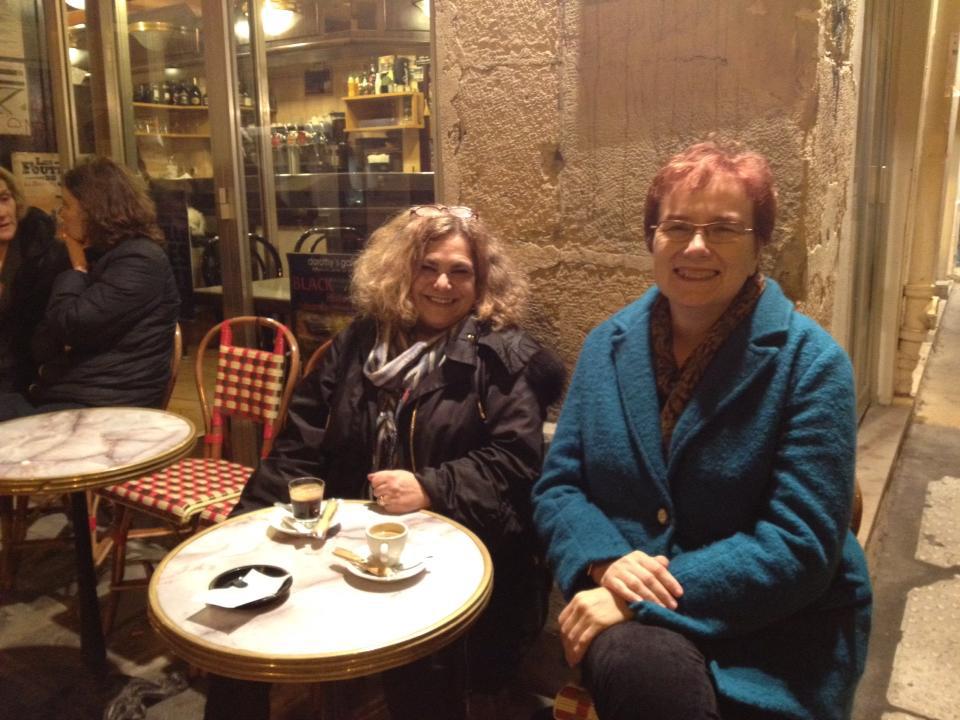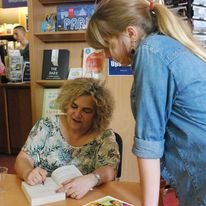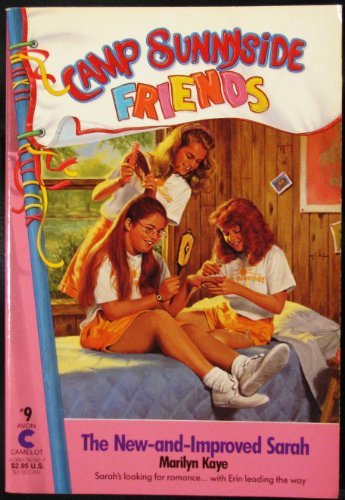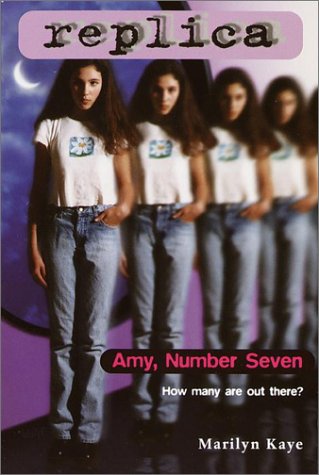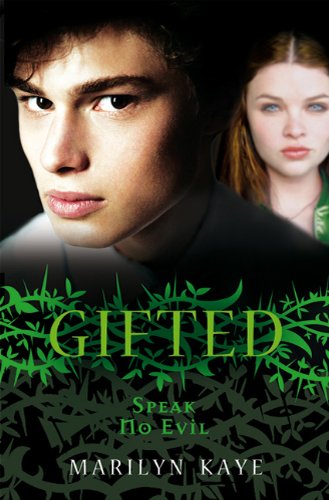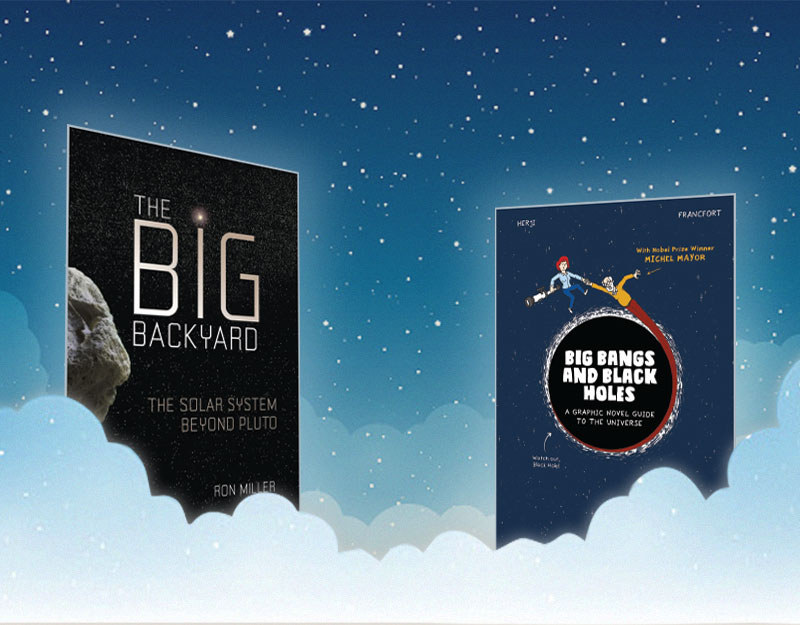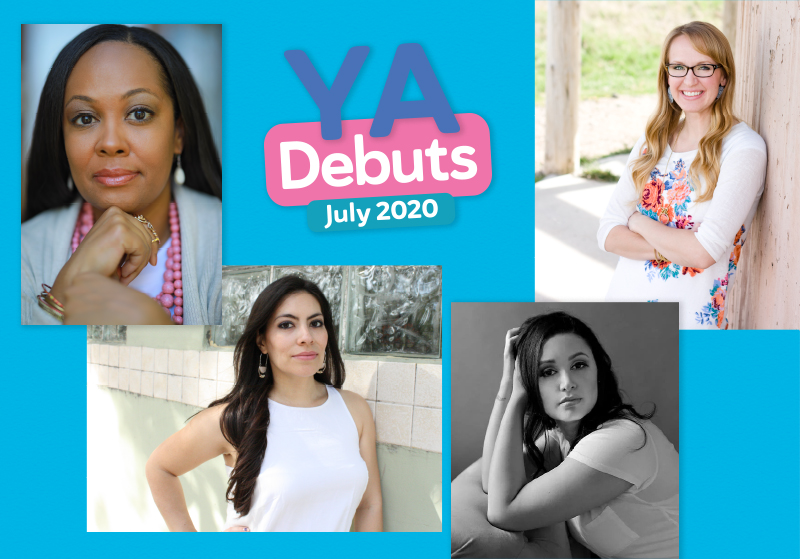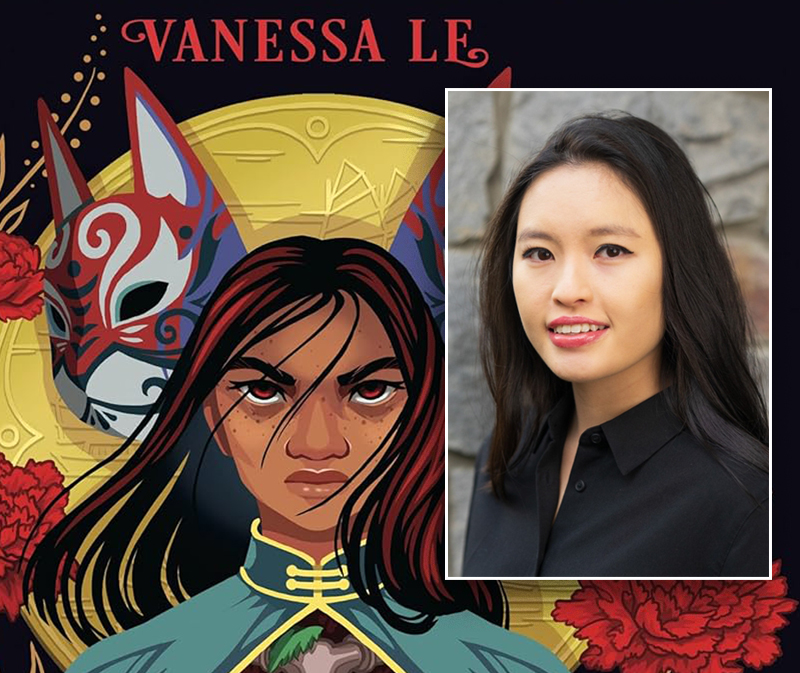Confessions of a Binge Reader (and Writer), a guest post by Marilyn Kaye
I started reading at a very young age. At home, or maybe in kindergarten, I learned the alphabet. Immediately, I started sounding out words wherever I saw them—on cereal boxes, on signs, in newspapers. Even if I didn’t understand the words, I could say them or just hear them in my head, and that gave me satisfaction.
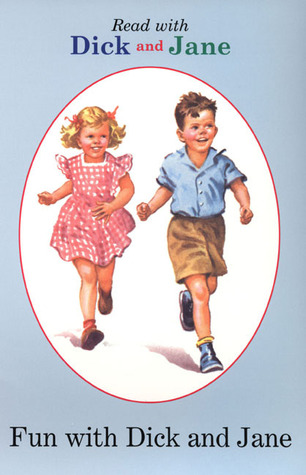
On the first day of first grade, the teacher handed out copies of Fun with Dick and Jane. Since I was short, I was in the first row so I received my book right away. Immediately, I opened it and began to read. By the time the last student in the class got a book, I’d finished mine. When I realized that we’d be looking at this book for weeks to come, I got very depressed. Dick and Jane were not a lot of fun.
ADVERTISEMENT
ADVERTISEMENT
Fortunately, there were children’s books at home. I’m not sure where they came from—looking back, I think they might have been my mother’s since they were published in the 1930s. There were several volumes of ‘The Bobbsey Twins’, which I devoured. Nan, Bert, Flossie, and Freddie may not have been the most finely developed characters, but at that point in time I didn’t have high expectations or demands. At least, unlike Dick and Jane, they spoke in sentences of more than three words. And there were the ‘Honey Bunch’ books, about a little girl with curly blonde hair who got into adventures with her friend Norman. The Bobbseys and Honey Bunch were my introduction to series books.
As my reading skills developed, I moved up to ‘Nancy Drew’ and ‘The Dana Girls.’ It wasn’t until many years later, in library school, that I learned about the Stratemeyer Syndicate which had created some of the series that I loved. I learned that Laura Lee Hope and Carolyn Keene weren’t real writers, just pseudonyms, that the characters in the books and the plots were created by the syndicate who then hired free-lance writers to actually compose the stories. But even if I had known this at the time, it wouldn’t have bothered me. I was now addicted to series, and I didn’t care who wrote them.
As a child, I was taken to the public library regularly, and there I discovered more ‘upscale’ series, like the ‘Little House’ books and ‘Betsy-Tacy.’ And there was Beany Malone, Cherry Ames, Sue Barton, Rosamund du Jardin’s ‘Pam and Penny.’ I’d get very excited when I found a new series, and I was insistent on reading the books in the right order. I remember the time I was returning Heavens to Betsy to the library, and the next book in the series, Betsy in Spite of Herself, was not on the shelf. There was the title that came after that one, Betsy Was a Junior, but I couldn’t bring myself to jump ahead.
Then there were the supermarket books! I called them that because that was where I found them, on a rack next to magazines at the check-out counter. I would plead with my mother until she gave in and bought me the latest Donna Parker or Trixie Belden.
Of course, I read books that weren’t in series, and I loved the great writers of the period—Elizabeth Enright, Eleanor Estes, Edward Eager. I suppose Estes’ ‘Moffats’ could be considered a mini-series, and Enright’s ‘Melendy’ books too. And I utterly adored books by Noel Streatfeild. Because each had the word ‘shoes’ in the title, I thought they might be a series. They weren’t—the US publisher had changed the original British titles to capitalize on the popularity of the first book available in the US, Ballet Shoes. At first I was disappointed because I wanted to read more about the Ballet Shoes characters, but I recovered because all the books were so good.
Why did I love series books? I think it was partly because I never wanted a story to end completely. Even if a book had a satisfying resolution, I wanted to know what the characters did next. And then there was the ease and pleasure of jumping into a new book with an awareness of its inhabitants. It was nice having a new story with familiar characters.
So it was only natural for me that when I began to write, I wrote series. I set my first series in a summer camp (“Camp Sunnyside Friends”), because I wanted an environment where a group of girls would be essentially on their own. There were 21 books in the series. In “Replica,” 24 books, I created a girl who discovers that she’s a genetically modified clone, who can do almost anything better than anyone else but has to keep this a secret since she was rescued as an infant from a nefarious plot to form a new improved race of people. In “Gifted”, there were nine characters whose gifts were not academic superiority, but extraordinary skills like mind-reading and seeing the future. This was supposed to be a limited series of nine books, one for each character, but unfortunately, despite good reviews and decent sales, the publisher cancelled it after six books. I still get email from readers demanding the last three books, and I dream of the publisher deciding to re-release them with all nine books.
There were other series: “Out of This World,” “Three of a Kind,” “Video High,” “Club Paradise.” Between these, I wrote single titles, but I always wanted to get back to a series. And now I have “The Spyglass Sisterhood.“
What I love about this series is that I have four girls who have no exceptional talents or mysterious gifts. I wanted to explore the unique personalities and feelings of these girls who neither stand out or fit in, the kind of girls we all knew in middle school (or maybe we were those girls). I wanted characters who weren’t obviously fascinating, like a genetically enhanced clone or a mind-reader, but characters who were amazingly interesting once you got to know them.
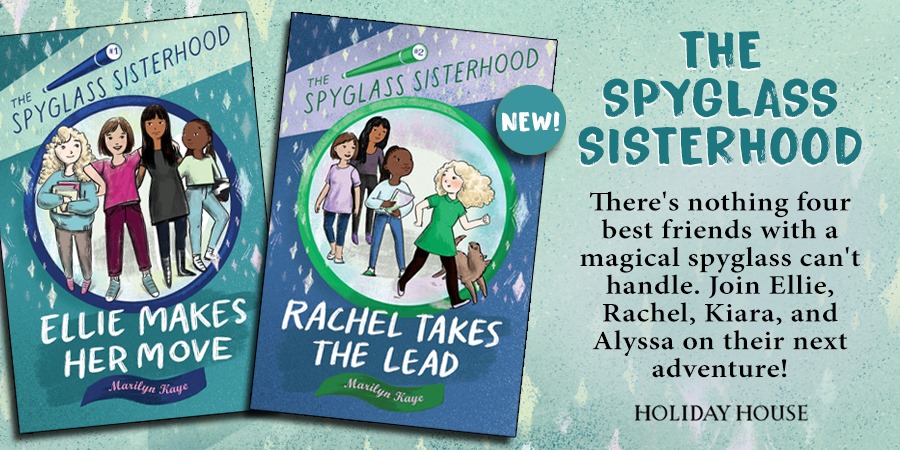
ADVERTISEMENT
ADVERTISEMENT
And while there’s nothing supernatural about these girls, there’s a little magic in the stories. It’s in a telescope, a spyglass that sits in the turret of one girl’s home, and it shows more than any telescope can normally show. What the girls must figure out is what the visions really mean, and what—if anything—they should do about what they see.
All four girls are in every book, but each has her own book from her exclusive point of view. Each girl has the opportunity to reveal herself more deeply, and also provide the reader with her own perception of the others, so we get to know all of them better.
As a writer, I think I’m feeling closer to these characters than I’ve ever felt to other characters in my books. They’re very real to me, and I find them almost developing on their own. I don’t know if this series will continue as long as some of my other series have, but I certainly hope so. Mainly, because I’ll have a very hard time saying goodbye to them.
Meet the author
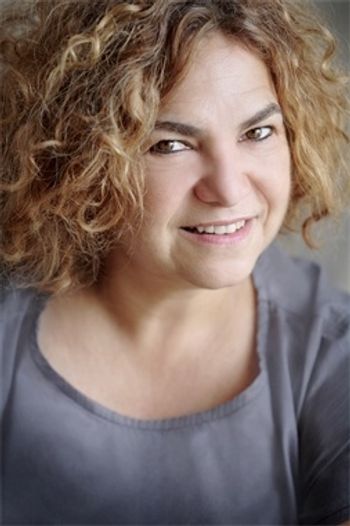
Marilyn Kaye was born in New Britain, Connecticut and grew up in Atlanta, Georgia. She has a B.A. and Master’s in Library Science from Emory University, and a Ph.D. from the University of Chicago, where she studied children’s and young adult literature with Zena Sutherland. She was an associate professor in library science at St. John’s University for 23 years, and has written over 120 books for children and young adults. The Spyglass Sisterhood is Marylin’s first series with Holiday Holiday. She can be found on Facebook and as ‘MarilynKayeParis’ on Instagram.
Filed under: Uncategorized
About Amanda MacGregor
Amanda MacGregor works in an elementary library, loves dogs, and can be found on Twitter @CiteSomething.
ADVERTISEMENT
ADVERTISEMENT
SLJ Blog Network
Name That LEGO Book Cover! (#53)
Cover Reveal and Q&A: The One and Only Googoosh with Azadeh Westergaard
K is in Trouble | Review
Fighting Public School Book Bans with the Civil Rights Act
ADVERTISEMENT

